Miscellaneous Classes
Classes
SoQt Class Reference [Miscellaneous Classes]
Detailed Description
Public Types
Static Public Member Functions
Friends
Member Typedef Documentation
Member Enumeration Documentation
Member Function Documentation
SoQtComponent Class Reference
Detailed Description
Public Member Functions
Static Public Member Functions
Protected Member Functions
Friends
Constructor & Destructor Documentation
Member Function Documentation
SoQtConstrainedViewer Class Reference [Qt Components, Qt Viewer Components]
Detailed Description
Public Member Functions
Protected Member Functions
Constructor & Destructor Documentation
Member Function Documentation
SoQtCursor Class Reference [Miscellaneous Classes]
Detailed Description
Public Types
Public Member Functions
Static Public Member Functions
Classes
Member Enumeration Documentation
Constructor & Destructor Documentation
Member Function Documentation
SoQtCursor::CustomCursor Class Reference
Detailed Description
Public Attributes
Member Data Documentation
SoQtDevice Class Reference [Qt Device Classes]
Detailed Description
Public Member Functions
Static Public Member Functions
Protected Member Functions
Static Protected Member Functions
Friends
Constructor & Destructor Documentation
Member Function Documentation
SoQtExaminerViewer Class Reference [Qt Components, Qt Viewer Components]
Detailed Description
Public Member Functions
Protected Member Functions
Friends
Constructor & Destructor Documentation
Member Function Documentation
SoQtFlyViewer Class Reference [Qt Viewer Components]
Detailed Description
Public Member Functions
Protected Member Functions
Friends
Constructor & Destructor Documentation
Member Function Documentation
SoQtFullViewer Class Reference [Qt Components, Qt Viewer Components]
Detailed Description
Public Types
Public Member Functions
Protected Member Functions
Protected Attributes
Friends
Member Enumeration Documentation
Constructor & Destructor Documentation
Member Function Documentation
Member Data Documentation
SoQtGLWidget Class Reference [Qt Components]
Detailed Description
Public Member Functions
Protected Member Functions
Protected Attributes
Friends
Constructor & Destructor Documentation
Member Function Documentation
Member Data Documentation
SoQtKeyboard Class Reference [Qt Device Classes]
Detailed Description
Public Types
Public Member Functions
Friends
Member Enumeration Documentation
Constructor & Destructor Documentation
Member Function Documentation
SoQtMouse Class Reference [Qt Device Classes]
Detailed Description
Public Types
Public Member Functions
Friends
Member Enumeration Documentation
Constructor & Destructor Documentation
Member Function Documentation
SoQtObject Class Reference [Miscellaneous Classes]
Detailed Description
Public Member Functions
Static Public Member Functions
Member Function Documentation
SoQtObject Class Reference [Miscellaneous Classes]
Detailed Description
Public Member Functions
Static Public Member Functions
Member Function Documentation
SoQtPlaneViewer Class Reference [Qt Components, Qt Viewer Components]
Detailed Description
Public Member Functions
Protected Member Functions
Friends
Constructor & Destructor Documentation
Member Function Documentation
SoQtRenderArea Class Reference [Qt Components, Qt Viewer Components]
Detailed Description
Public Member Functions
Static Public Member Functions
Protected Member Functions
Friends
Constructor & Destructor Documentation
Member Function Documentation
SoQtObject Class Reference [Miscellaneous Classes]
Detailed Description
Public Member Functions
Static Public Member Functions
Member Function Documentation
SoQtViewer Class Reference [Qt Components, Qt Viewer Components]
Detailed Description
Public Types
Public Member Functions
Protected Member Functions
Friends
Member Enumeration Documentation
Constructor & Destructor Documentation
Member Function Documentation
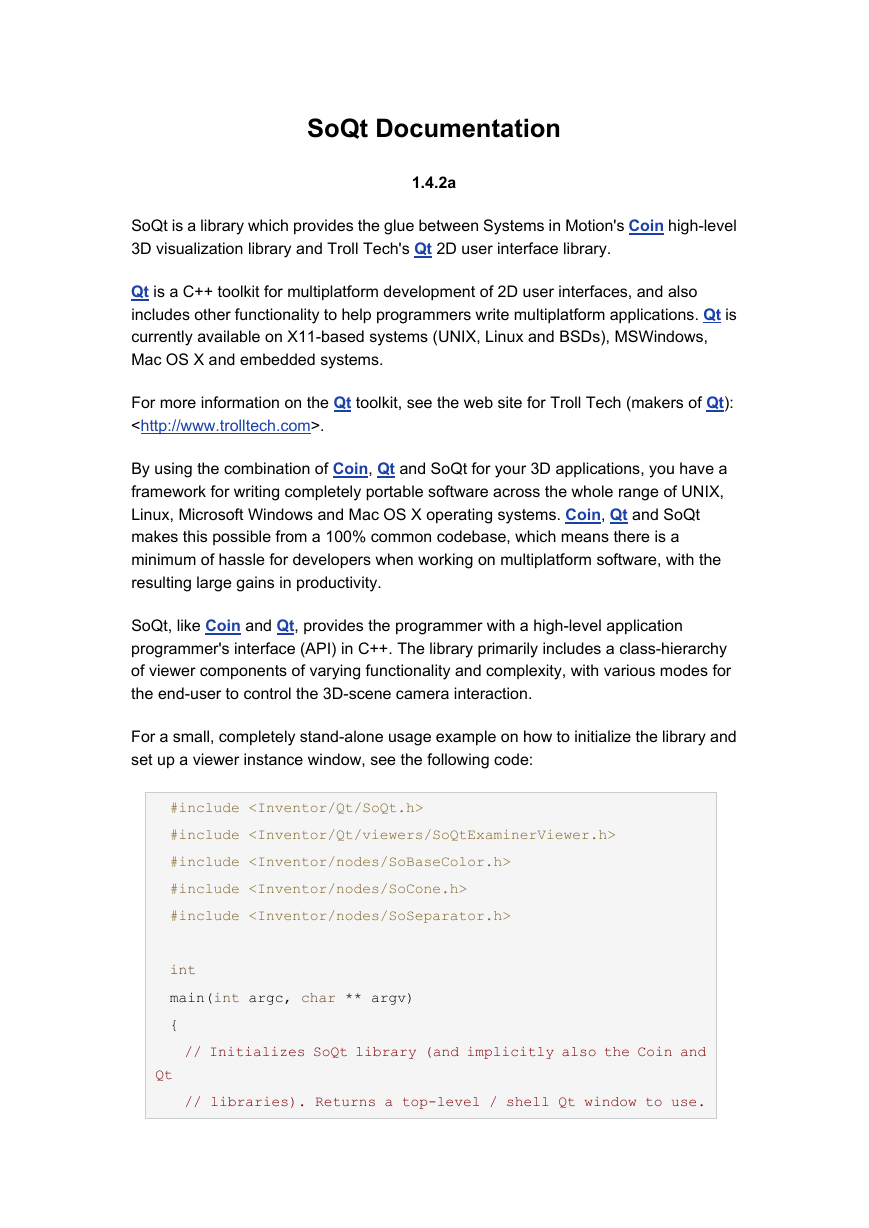
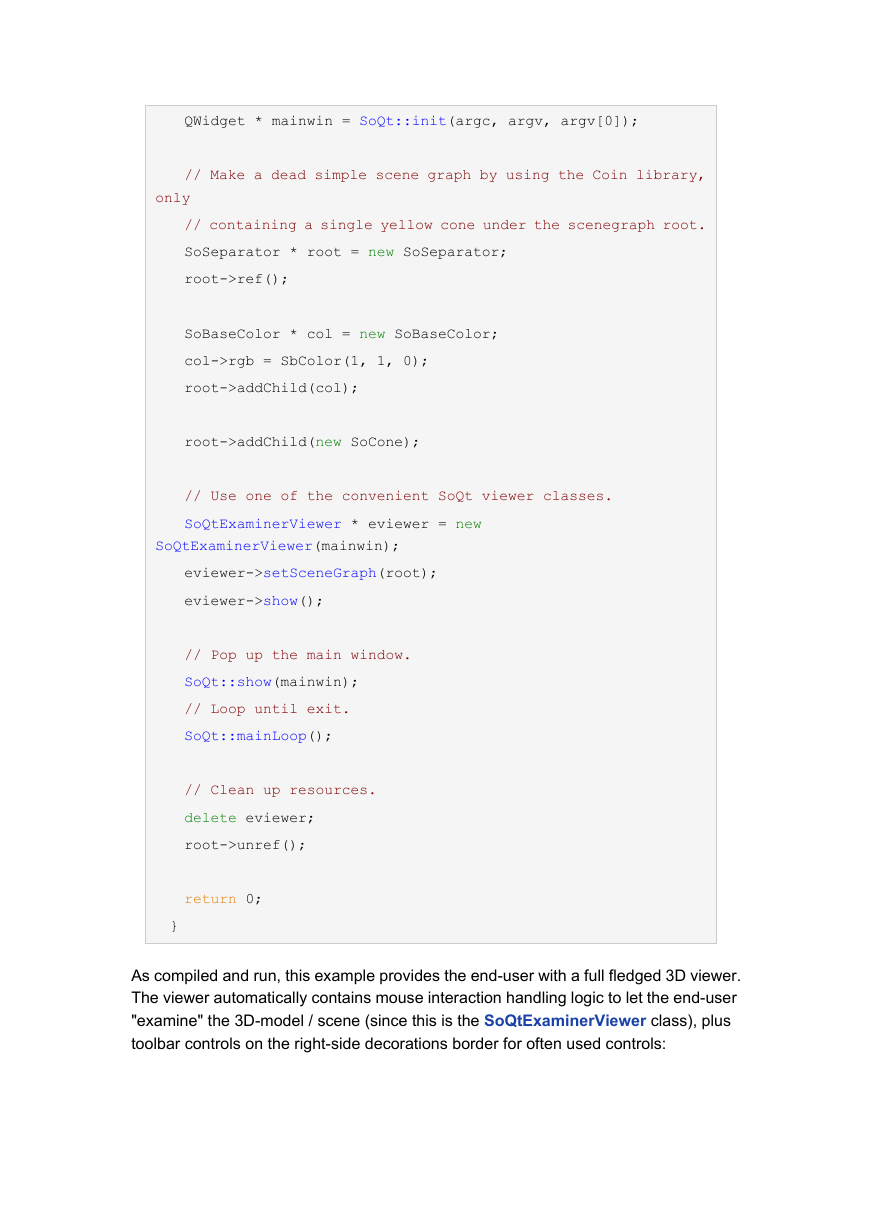
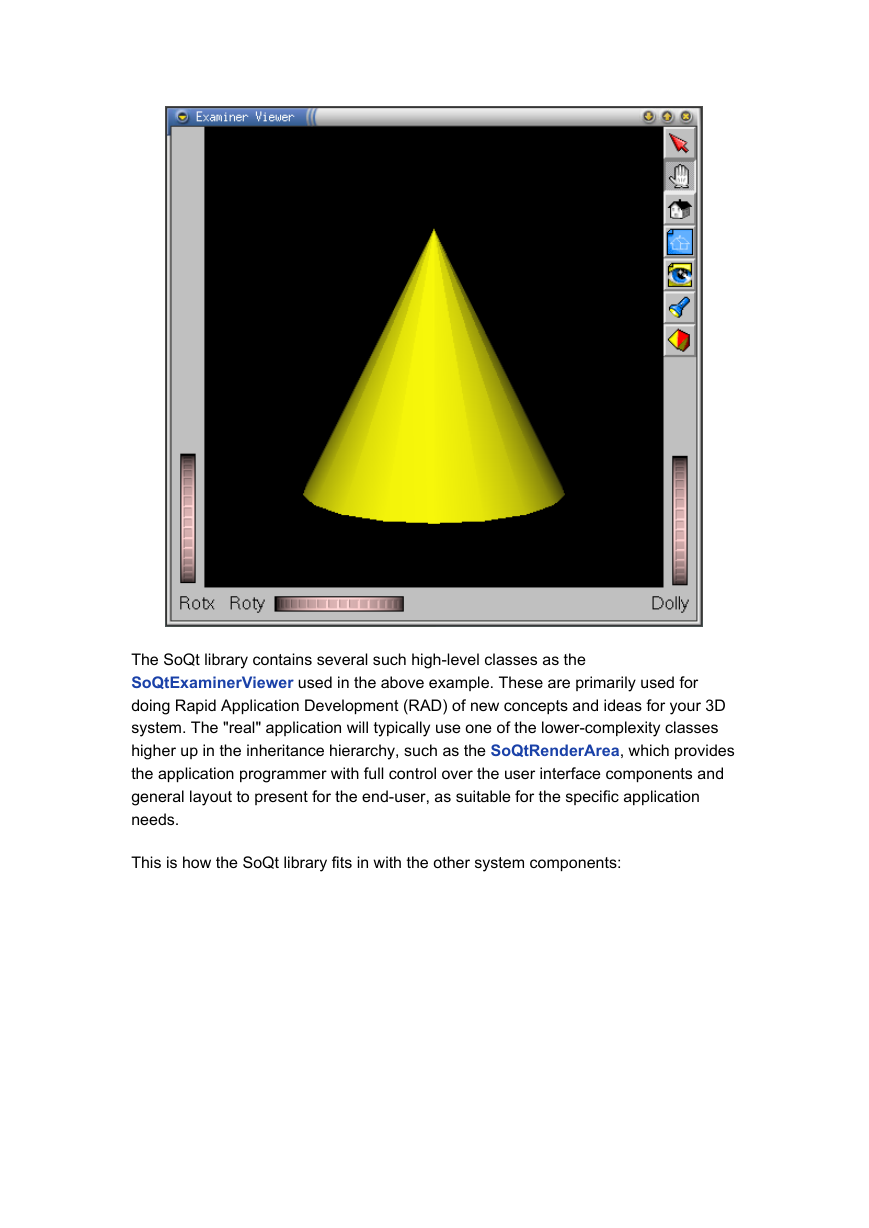
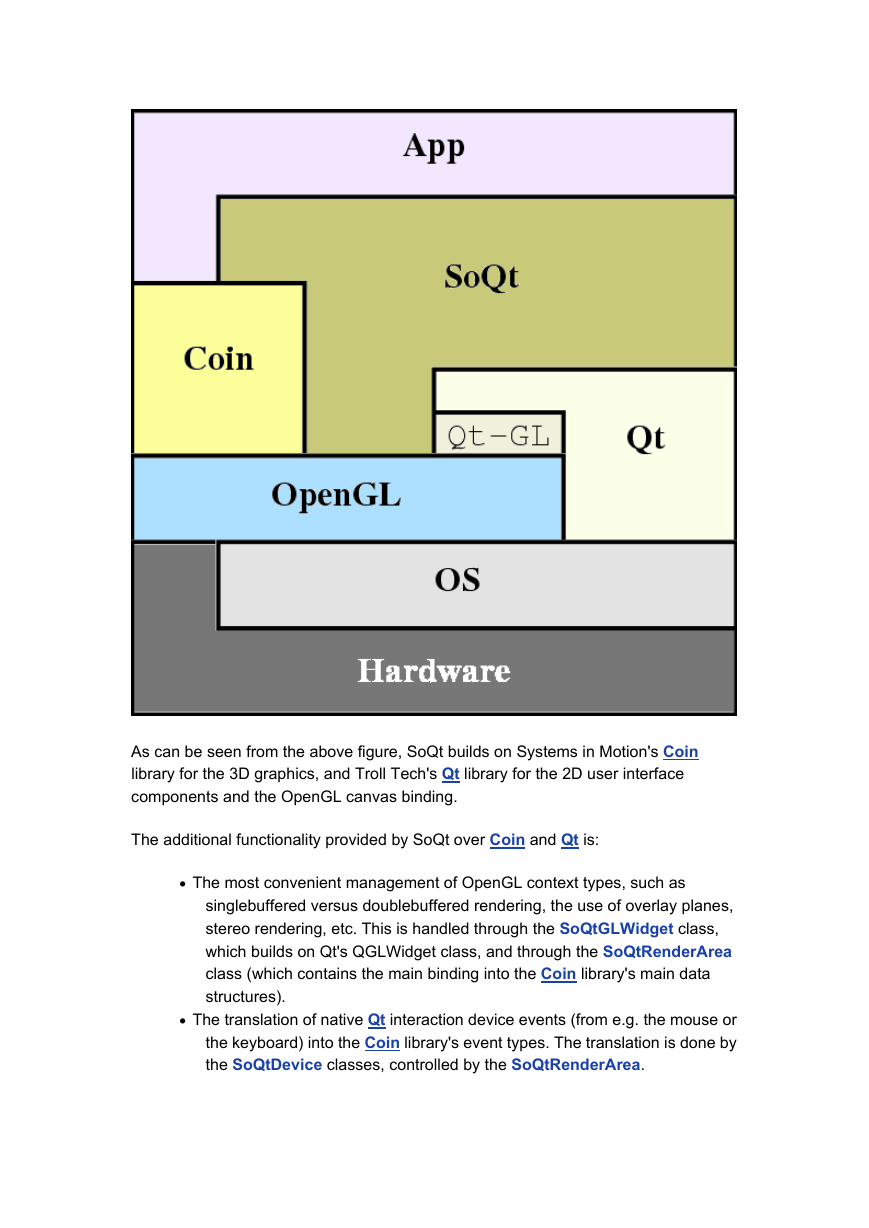
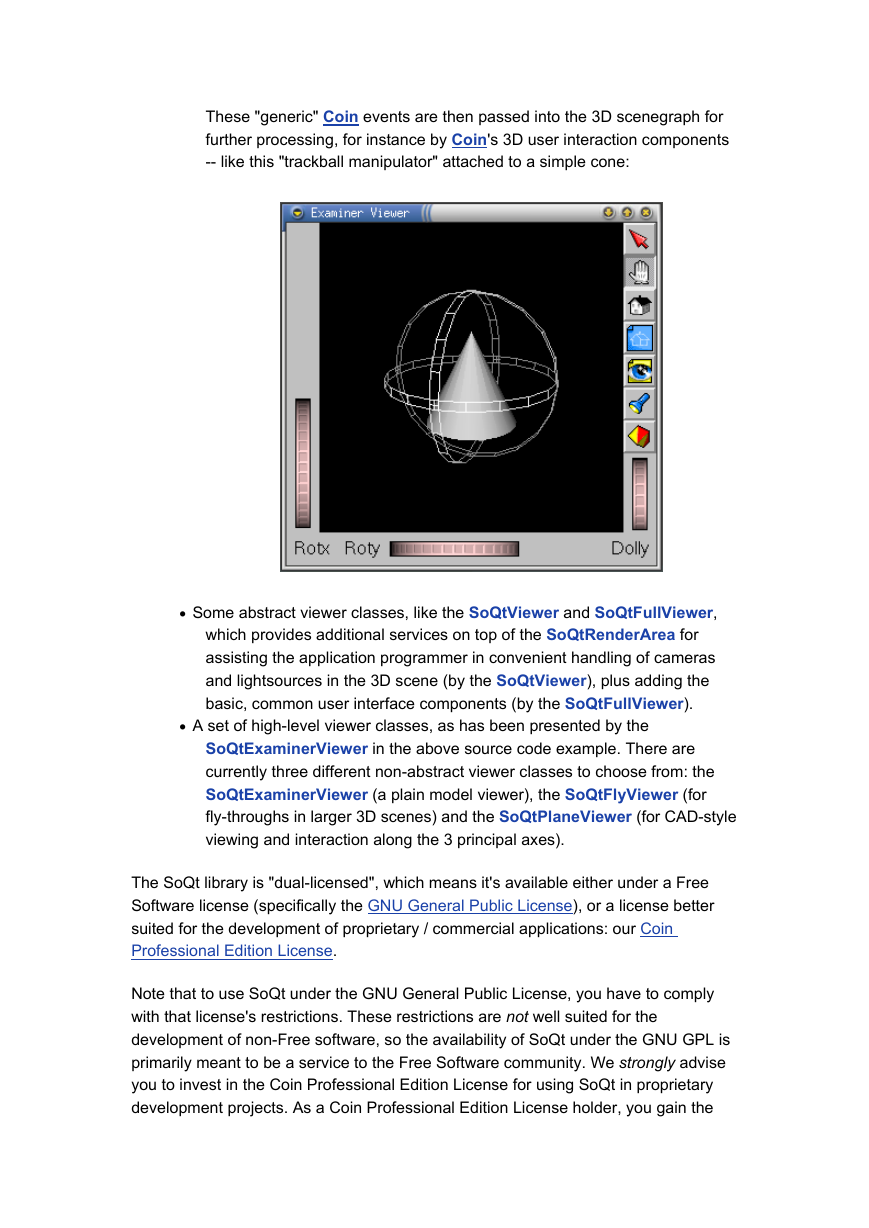
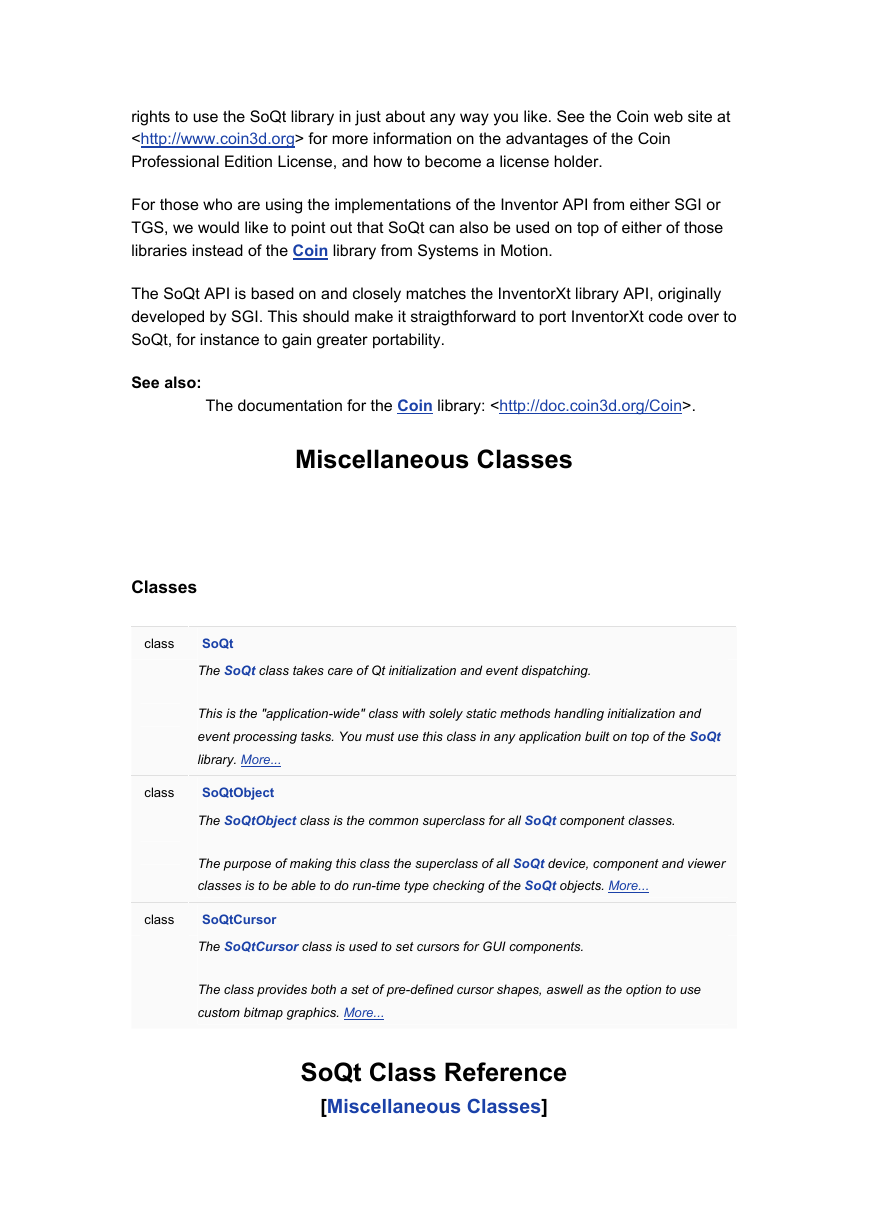
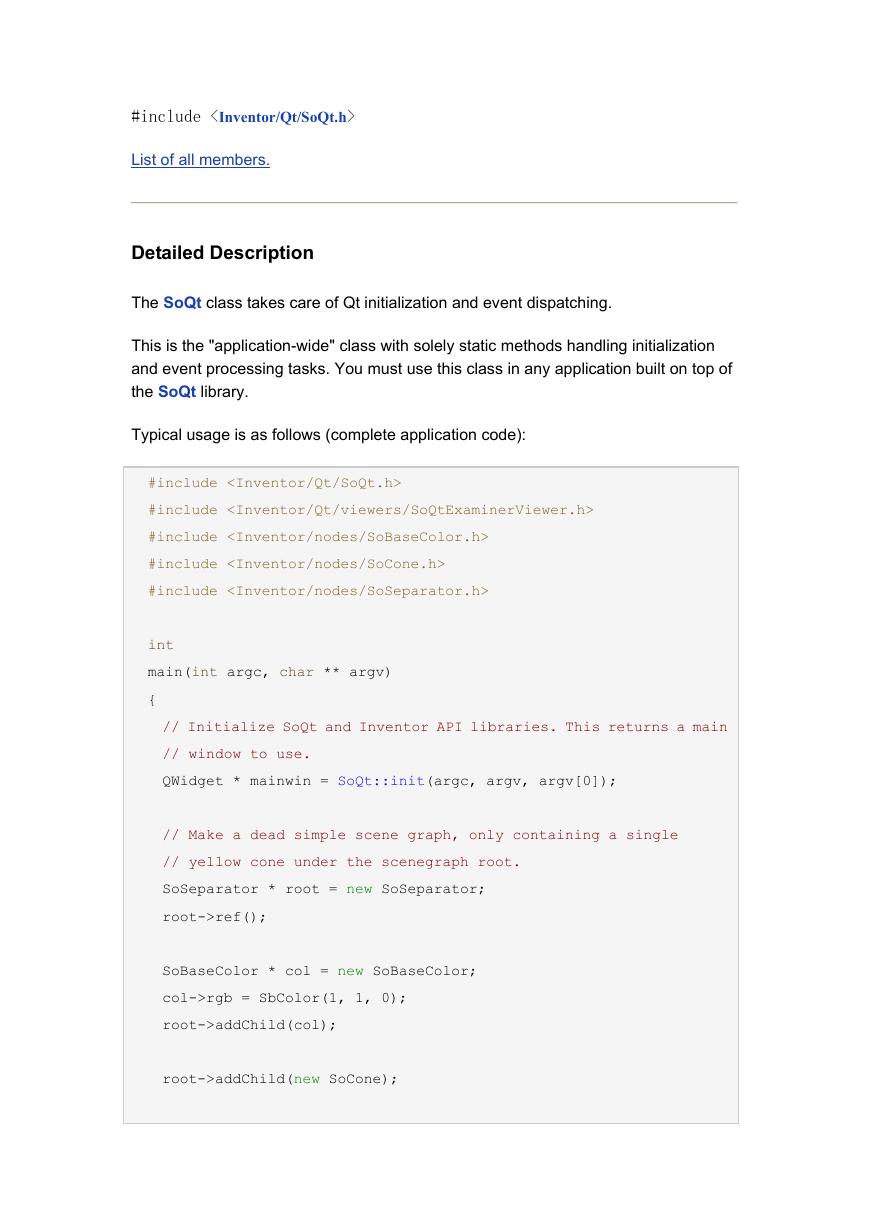
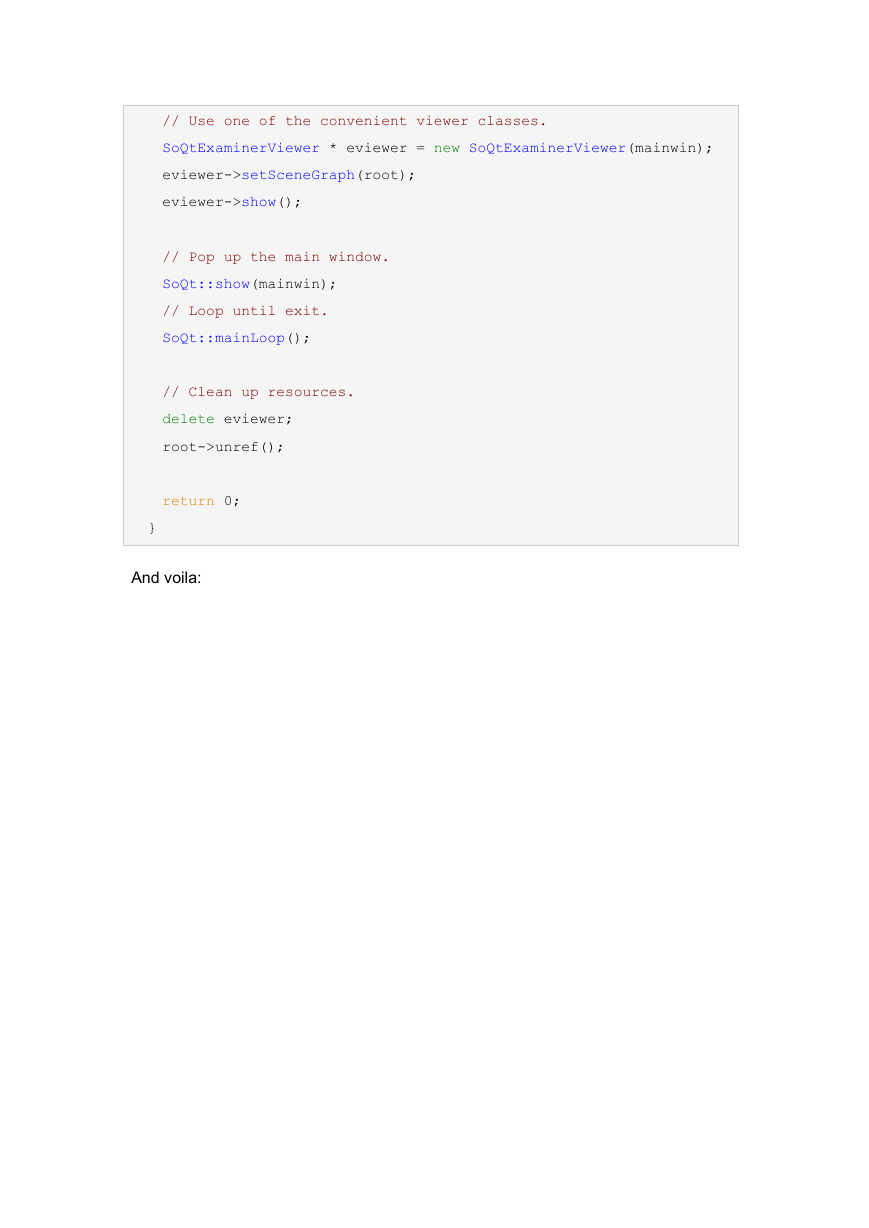








 2023年江西萍乡中考道德与法治真题及答案.doc
2023年江西萍乡中考道德与法治真题及答案.doc 2012年重庆南川中考生物真题及答案.doc
2012年重庆南川中考生物真题及答案.doc 2013年江西师范大学地理学综合及文艺理论基础考研真题.doc
2013年江西师范大学地理学综合及文艺理论基础考研真题.doc 2020年四川甘孜小升初语文真题及答案I卷.doc
2020年四川甘孜小升初语文真题及答案I卷.doc 2020年注册岩土工程师专业基础考试真题及答案.doc
2020年注册岩土工程师专业基础考试真题及答案.doc 2023-2024学年福建省厦门市九年级上学期数学月考试题及答案.doc
2023-2024学年福建省厦门市九年级上学期数学月考试题及答案.doc 2021-2022学年辽宁省沈阳市大东区九年级上学期语文期末试题及答案.doc
2021-2022学年辽宁省沈阳市大东区九年级上学期语文期末试题及答案.doc 2022-2023学年北京东城区初三第一学期物理期末试卷及答案.doc
2022-2023学年北京东城区初三第一学期物理期末试卷及答案.doc 2018上半年江西教师资格初中地理学科知识与教学能力真题及答案.doc
2018上半年江西教师资格初中地理学科知识与教学能力真题及答案.doc 2012年河北国家公务员申论考试真题及答案-省级.doc
2012年河北国家公务员申论考试真题及答案-省级.doc 2020-2021学年江苏省扬州市江都区邵樊片九年级上学期数学第一次质量检测试题及答案.doc
2020-2021学年江苏省扬州市江都区邵樊片九年级上学期数学第一次质量检测试题及答案.doc 2022下半年黑龙江教师资格证中学综合素质真题及答案.doc
2022下半年黑龙江教师资格证中学综合素质真题及答案.doc